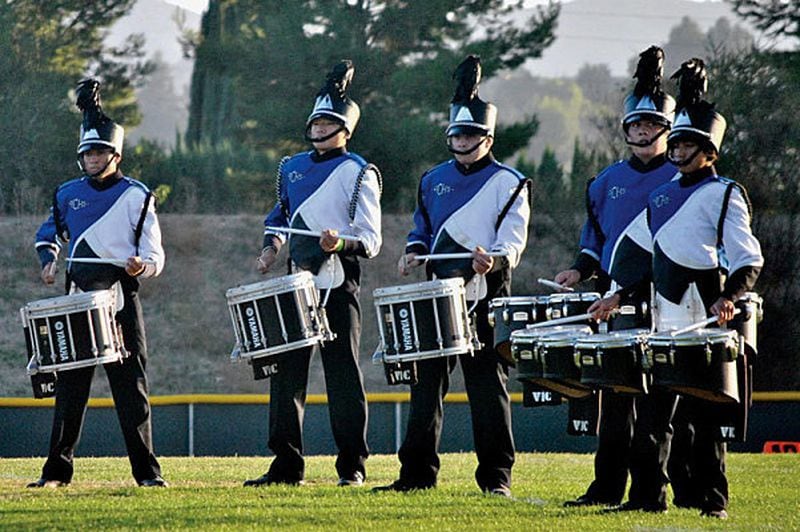It’s an annual rite of passage. As the new school year approaches, parents open their wallets and rev up the debit cards to buy back-to-school stuff.
But just how thin will your wallet be afterwards? Just how much will you spend on your kid this school year? Retail consultant Deloitte has few answers to those questions.
More back-to-school coverage:
The financial giant recently sent out its annual survey, conducted online and polling parents with at least one school-aged child, revealed the top spending categories among respondents:
How the back-to-school budget breaks down
- 98 percent planned to buy school supplies, average spending: $104
- 97 percent planned to buy clothes and accessories, average spending: $284
- 23 percent planned to buy computers and hardware, average spending: $307
- 18 percent planned to by electronic gadgets, average spending: $254
Where parents and kids plan to shop in 2017
One thing that changed drastically in Deloitte's 2017 poll was the intended recipient of all those back-to-school dollars. In 2016, department stores and mass merchants were about even in back-to-school shopping plans, but in 2017, mass merchants surged ahead. Meanwhile, specialty clothing stores almost dropped off the "where to spend" radar altogether.
- 81 percent plan to shop at mass merchants, up from 57 percent in 2016
- 28 percent plan to shop at off-price stores, up from 10 percent in 2016
- 28 percent plan to shop at department stores, down from 54 percent in 2016
- 8 percent plan to shop at specialty clothing stores, down from 25 percent in 2016
In brief, if your kid tells you everyone is shopping the boutiques versus the discount stores, Deloitte US is giving you permission to say it isn't so.
It's a Southern thing
If you feel the urge to start back-to-school shopping shortly after school lets out in June and then spend the max, you might be a Southerner! According to the Deloitte survey, a full 70 percent of Southern parents begin their shopping before August and the Southern region accounts for 44 percent of all back-to-school shopping. In fact, Southerners spend 10 to 20 percent more than their national counterparts:
- South: $554, average per child
- Northeast: $513, average per child
- Midwest: $443, average per child
- West: $455, average per child
Credit: Contributed
Credit: Contributed
Those darn activity fees
Communities in Schools, in partnership with Huntington Bank, compiles their own survey, a Backpack Index of annual student spending. Unlike Deloitte's survey, the Backpack Index also includes the cost of activity fees, and their answer to "How much will I spend on my child for school this year" is substantially higher than Deloitte's $501 average. For the 2017-2018 school year, parents can expect to pay per child:
- $662 for elementary school children, a 1 percent increase compared to 2016.
- $1,001 for middle school children, a 4.6 percent increase compared to 2016.
- $1,489 for high school students, $9 less than 2016, a less than 1 percent decrease.
There are ways to avoid "making it rain" on your child's school budget.
The Huntington Backpack Index is in its 10th year of tracking the costs of classroom supplies and school fees to parents. The survey’s goal is to publicize the burden of public school expenses beyond taxes assessed. Experts from the survey’s co-sponsor, Communities in Schools, a leading dropout prevention organization, have a few suggestions for parents who would like to trim the add-on back-to-school expenses, including:
- Talk to administrators. You may not be the only one feeling the pinch of activity fees and the school may have (or be able to develop) a sliding scale fee.
- Consider volunteering as a coach or assistant. It's often possible to reduce your fee by becoming a volunteer staffer.
- Register early if it enables you to take advantage of discounted early-bird registration fees.
- Research alternative activities. Sports and music programs are also offered by communities and local non-profits that may be lower-cost or even free.
- Buy used equipment. Whether you're getting a trombone from Craigslist or a soccer jersey from Goodwill, shop for less expensive alternatives.






